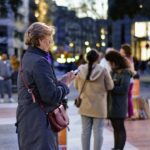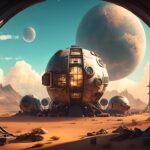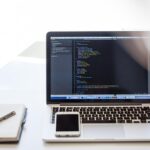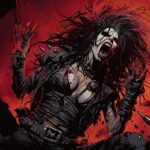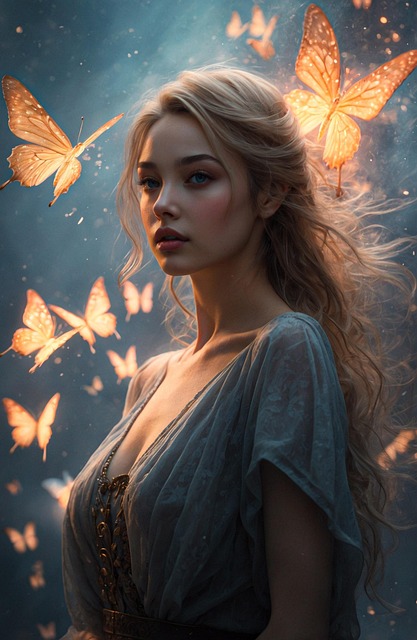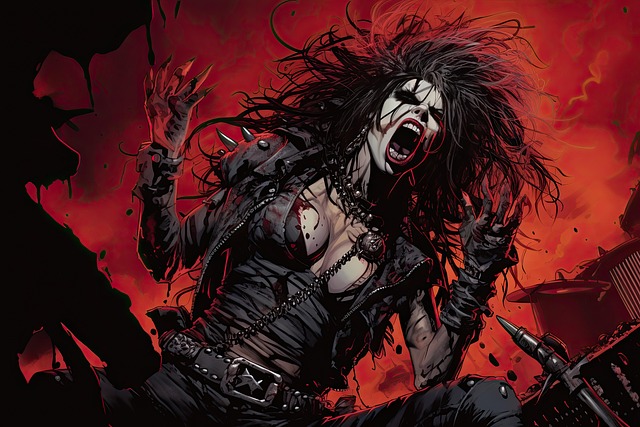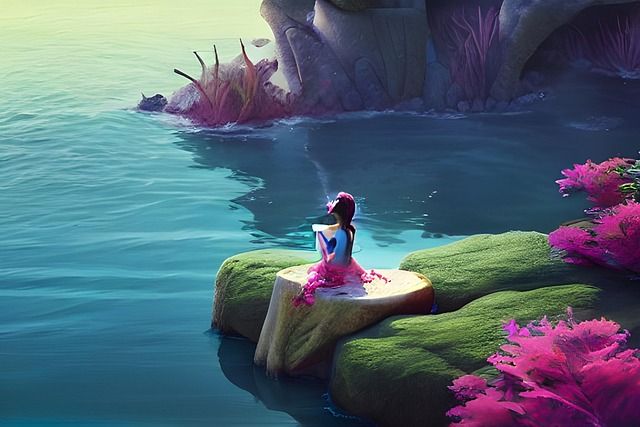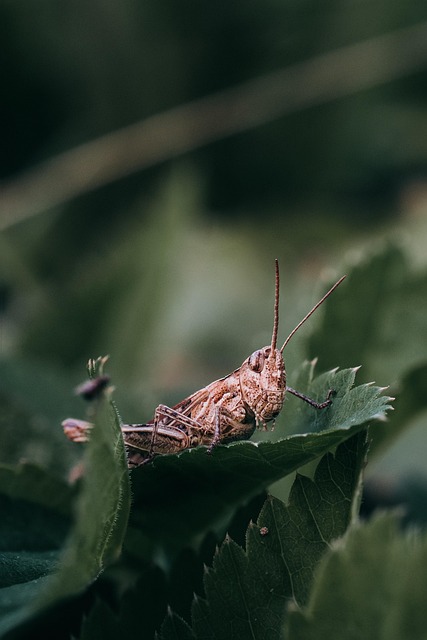# Essential AI Tools for Artists: Enhance Your Skills and Expand Your Artistic Vision Today
The world of visual and digital art is experiencing a profound transformation, thanks to the advent of artificial intelligence (AI) tools. These innovative technologies are not just augmenting traditional artistic practices; they are reshaping the very landscape of creativity. From digital illustration to concept art and video generation, AI tools for artists provide unprecedented possibilities for both seasoned professionals and aspiring creatives. In this article, we’ll explore some of the leading AI digital art generators—DALL·E, Midjourney, Stable Diffusion, Runway ML, and Adobe Firefly—and how they assist artists in expanding their artistic vision.
## The Rise of AI in the Art World
AI tools for artists are becoming increasingly popular, allowing creators to experiment with new styles, generate unique artworks, and streamline their creative processes. These generative art tools utilize machine learning algorithms to analyze vast datasets of images and styles, enabling them to produce original content based on user input. Here are some of the most notable tools revolutionizing the art scene:
### 1. DALL·E
**Overview**: Developed by OpenAI, DALL·E is a powerful AI model that generates images from textual descriptions. It can create a wide variety of artworks, from realistic images to fantastical illustrations.
**How It Assists Artists**:
– **Creative Inspiration**: Artists can input imaginative prompts, and DALL·E generates visual interpretations, serving as a springboard for further artistic exploration.
– **Concept Development**: DALL·E can quickly produce multiple iterations of an idea, helping artists visualize concepts before committing to a final design.
**Real Example**: Artist and designer, Maria, used DALL·E to generate a series of surreal landscapes based on her dreams. This not only inspired her paintings but also helped her develop a unique style that blends realism with fantasy.
### 2. Midjourney
**Overview**: Midjourney is an AI art generator that specializes in creating visually stunning and artistic images based on user prompts. It focuses on aesthetics and artistic styles, making it a favorite among digital artists.
**How It Assists Artists**:
– **Style Exploration**: Midjourney allows artists to experiment with different artistic styles, enabling them to discover new visual languages.
– **Collaborative Creation**: Artists can collaborate with Midjourney to create hybrid artworks, merging their skills with AI-generated elements.
**Real Example**: Graphic designer Jake utilized Midjourney to create promotional materials for a music festival. By generating unique visuals that matched the festival’s theme, he was able to attract a larger audience and enhance the overall branding.
### 3. Stable Diffusion
**Overview**: Stable Diffusion is a latent text-to-image diffusion model that allows users to generate high-quality images from textual descriptions. It is open-source, making it accessible for artists and developers alike.
**How It Assists Artists**:
– **Customization**: Artists can fine-tune the model to generate images that align closely with their artistic vision, offering greater control over the output.
– **Rapid Prototyping**: Stable Diffusion enables artists to quickly prototype ideas, allowing for faster iteration and refinement of concepts.
**Real Example**: Concept artist Sarah used Stable Diffusion to generate character designs for an animated series. The rapid prototyping capabilities allowed her team to explore various character styles and traits, leading to a more cohesive final product.
### 4. Runway ML
**Overview**: Runway ML is an AI-powered creative suite that offers a range of tools for artists, including video editing, image generation, and machine learning models for various creative applications.
**How It Assists Artists**:
– **Video Generation**: Artists can create and manipulate video content using AI, allowing for innovative storytelling techniques and visual effects.
– **Interactive Art**: Runway ML enables artists to create interactive installations and experiences, merging technology with traditional art forms.
**Real Example**: Multimedia artist Alex employed Runway ML to create an interactive art installation that responds to audience movements. This not only engaged viewers but also pushed the boundaries of traditional art experiences.
### 5. Adobe Firefly
**Overview**: Adobe Firefly is a suite of creative generative AI tools integrated into Adobe’s ecosystem, designed to assist artists in generating images, videos, and text effects.
**How It Assists Artists**:
– **Seamless Integration**: Firefly works within Adobe’s familiar software, making it easy for artists to incorporate AI-generated elements into their existing workflows.
– **Enhanced Creativity**: With features like text-to-image generation and style transfer, Firefly empowers artists to experiment and innovate without limitations.
**Real Example**: Illustrator Emma used Adobe Firefly to create a series of promotional graphics for her online shop. By leveraging AI-generated backgrounds and textures, she was able to save time and produce visually striking content that resonated with her audience.
## The Benefits of AI Tools for Artists
The integration of AI tools into artistic practices offers numerous advantages:
– **Increased Efficiency**: Artists can save time on repetitive tasks, allowing them to focus on the creative aspects of their work.
– **Expanded Creativity**: AI tools provide new avenues for exploration, enabling artists to push the boundaries of their creativity.
– **Accessibility**: Many AI tools are user-friendly and accessible to artists of all skill levels, democratizing the creative process.
## Conclusion: The Future of AI in Creative Fields
As AI technology continues to evolve, its impact on the art world is likely to grow significantly. The tools discussed—DALL·E, Midjourney, Stable Diffusion, Runway ML, and Adobe Firefly—are just the beginning of what AI for creatives can achieve. Artists can expect to see more sophisticated AI capabilities that enhance their skills, streamline their workflows, and expand their artistic visions.
In this rapidly changing landscape, the key for artists will be to embrace these tools as collaborators rather than replacements. By integrating AI into their creative processes, artists can unlock new possibilities and redefine the future of art. As we move forward, the synergy between human creativity and artificial intelligence will undoubtedly lead to exciting innovations in the world of visual and digital art.
Whether you’re a seasoned professional or just starting your artistic journey, exploring these AI tools can enhance your skills and inspire your next masterpiece. Embrace the future of art today!

